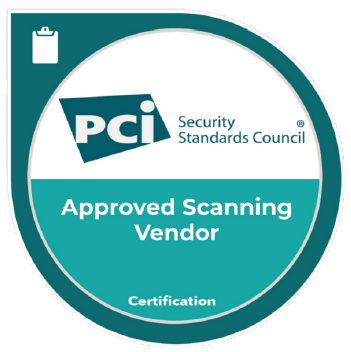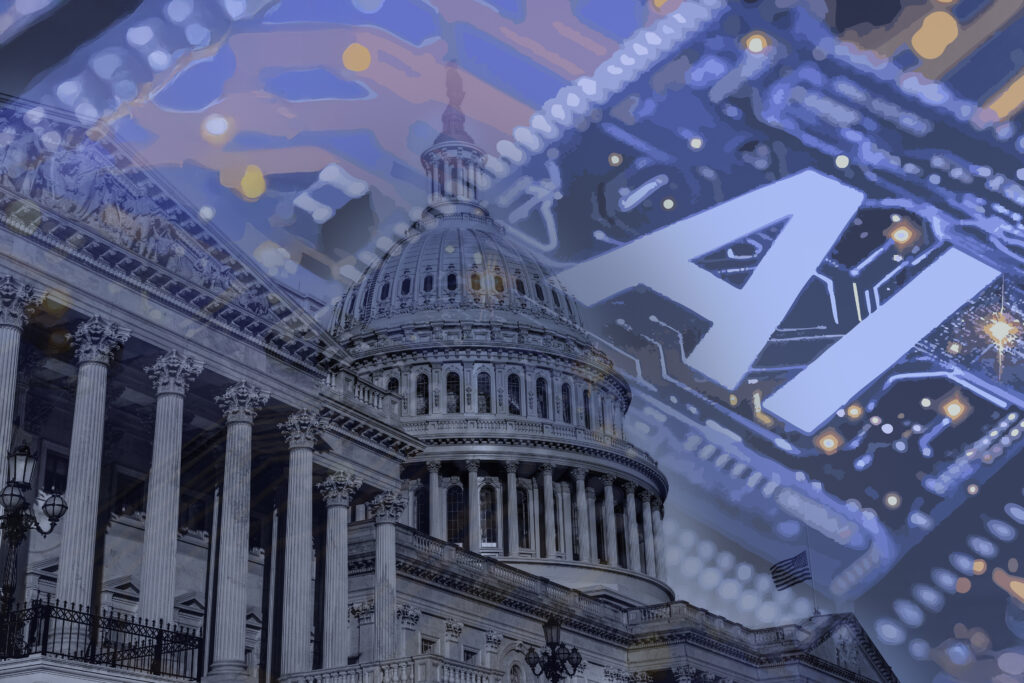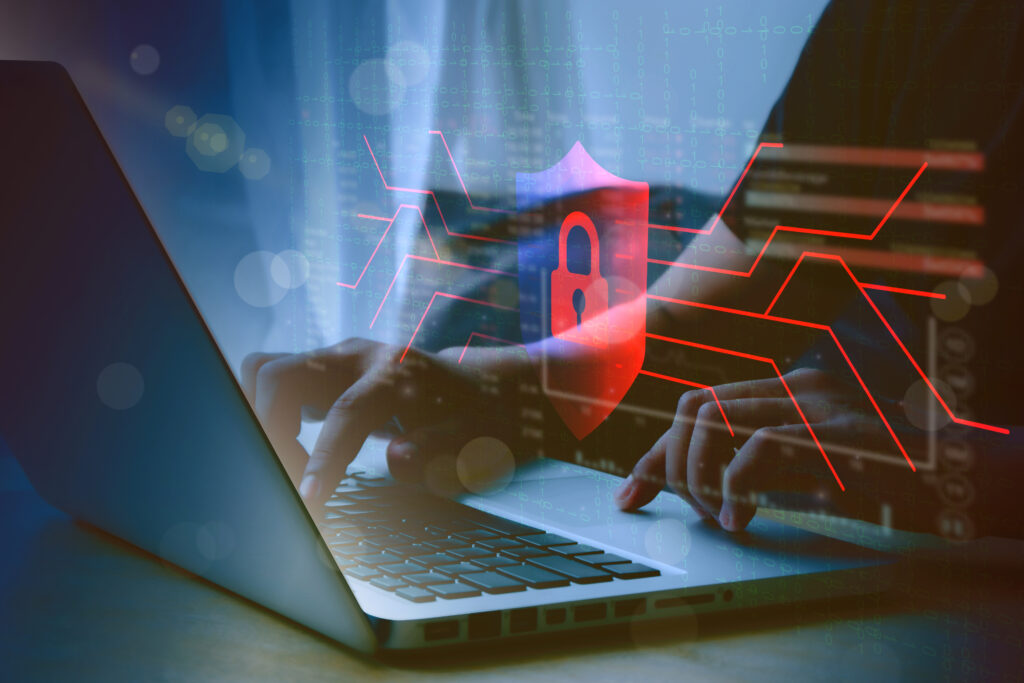
The COVID-19 pandemic has not only changed how we work but has also brought a new era of remote and hybrid work environments to the forefront. While these changes have advantages, they have also introduced various security challenges that organizations must address immediately. As the future of work continues to evolve, understanding and mitigating the security risks associated with remote and hybrid work models is crucial. The urgency of this task cannot be overstated, and immediate action is necessary. It’s also important to remember that security is not a one-time fix, but a continuous process of adaptation and improvement.
We will explore the key security considerations for remote and hybrid work environments, offering practical strategies and best practices that are easy to implement. This will help organizations navigate this dynamic landscape and confidently protect their digital assets. These strategies are not just theoretical, but practical and effective, designed to be easily implementable, empowering you to take control of your organization’s security.
The Rise of Remote and Hybrid Work
The global pandemic has accelerated the adoption of remote and hybrid work models, with many organizations embracing these flexible arrangements as the new norm. According to a report from the Office of Behavioral and Social Sciences Research, the shift to remote and hybrid work has been driven by various factors, including:
1. Increased Productivity and Efficiency: Remote and hybrid work models have shown the potential for enhanced productivity and efficiency. Employees can often work more effectively without the distractions and commute time associated with traditional office environments.
2. Improved Work-Life Balance: The ability to work from home or in a hybrid setting has enabled employees to manage their personal and professional responsibilities more effectively, leading to increased job satisfaction and reduced burnout.
3. Talent Acquisition and Retention: Organizations can attract and retain top talent from a broader geographic pool by offering remote and hybrid work options. Employees are no longer restricted by location.
4. Cost Savings: Lowering overhead costs associated with physical office spaces and infrastructure can lead to substantial savings for organizations that adopt remote and hybrid work models.
Security Challenges in Remote and Hybrid Environments
While the advantages of remote and hybrid work are well-documented, these new work models also bring a variety of security challenges that organizations must tackle. Some key security considerations include:
1. Expanded Attack Surface: The shift to remote and hybrid work has significantly expanded the attack surface, which refers to all the points where an unauthorized user can attempt to enter or extract data from an environment. As employees access corporate resources from various devices and networks, often outside the traditional office environment, this increased attack surface makes it more challenging to maintain consistent security controls and visibility throughout the organization.
2. Endpoint Security Vulnerabilities: Remote and hybrid work environments rely heavily on employee-owned devices, which may not have the same level of security controls and updates as corporate-owned equipment. This can create vulnerabilities that cybercriminals can exploit to gain unauthorized access to sensitive data and systems.
3. Secure Remote Access Challenges: Ensuring secure remote access to corporate resources is crucial in a distributed work environment. Poorly configured or outdated virtual private networks (VPNs), identity and access management (IAM) systems, and other remote access solutions can expose organizations to various security risks, including data breaches and unauthorized access.
4. Increased Phishing and Social Engineering Attacks: Remote and hybrid work environments often make it easier for cybercriminals to exploit human vulnerabilities through phishing and social engineering attacks. Employees working from home may be more susceptible to these tactics due to the lack of physical security and oversight found in traditional office settings.
5. Data Leakage and Compliance Concerns: The decentralized nature of remote and hybrid work can make maintaining data security and complying with regulatory requirements more challenging. Employees may inadvertently expose sensitive information or fail to follow established data-handling protocols, leading to potential data breaches and compliance violations.
Strategies for Securing Remote and Hybrid Work Environments
Organizations must adopt a comprehensive and proactive approach to address the security challenges posed by remote and hybrid work models. Here are some key strategies and best practices that are effective in securing your remote and hybrid work environments. These strategies are designed to be easily implementable, empowering you to take control of your organization’s security.
1. Implement Robust Endpoint Security: Ensure that all devices used for remote and hybrid work, including employee-owned devices, are equipped with up-to-date antivirus software, firewalls, and other security controls. Consider using endpoint detection and response (EDR) solutions to enhance visibility and control over remote endpoints.
2. Strengthen Remote Access Security: Implement robust multi-factor authentication (MFA) and zero-trust access policies. Zero-trust is a security concept that assumes no user or device should be trusted by default, even if they are inside the corporate network. This means every user and device, whether inside or outside the network, must be verified before being granted access to corporate resources. In a zero-trust model, access is granted on a ‘need-to-know’ basis, and all traffic is inspected, regardless of its source or destination. Review and update VPN configurations regularly and consider alternative remote access solutions such as virtual desktop infrastructure (VDI) or cloud-based access management platforms.
3. Enhance Employee Cybersecurity Awareness and Training: Regularly educate and train employees on cybersecurity best practices, which include recognizing and reporting phishing attempts, securely handling sensitive data, and adhering to remote work security protocols. Adopt a culture of security awareness and shared responsibility among all employees.
4. Implement Robust Data Protection and Encryption Measures: Ensure that all sensitive data is encrypted both at rest and in transit, regardless of the device or network being used. Implement data loss prevention (DLP) solutions, which are tools and processes designed to prevent sensitive data from being lost, misused, or accessed by unauthorized users, to monitor and control the flow of sensitive information. Consider cloud-based data storage and collaboration platforms that offer robust security features, including end-to-end encryption, secure access controls, and regular security updates, to ensure the safety of your data in remote and hybrid work environments.
5. Establish Comprehensive Incident Response and Business Continuity Plans: Develop and regularly test incident response and business continuity plans that address the unique challenges of remote and hybrid work environments. Regular testing is crucial to ensure these plans are effective and to identify any areas for improvement. These plans should include procedures for detecting, responding to, and recovering from security incidents, as well as strategies for maintaining business operations during disruptions.
6. Leverage Automation and Centralized Security Management: Adopt security automation tools and centralized security management platforms to streamline security operations, enhance visibility, and improve response times across the distributed workforce. These solutions can assist organizations in maintaining consistent security controls and swiftly identifying and addressing potential threats. Security automation tools can automate routine security tasks, such as patch management and threat detection, while centralized security management platforms provide a single interface for managing and monitoring security across all devices and networks.
7. Collaborate with Third-Party Providers and Vendors: Ensure that all third-party service providers or vendors used in the remote and hybrid work environment comply with robust security standards and protocols. Regularly review and update vendor risk assessments to mitigate the potential for supply chain-related security breaches.
Implementing security measures and policies once is not sufficient. The threat landscape is constantly evolving, and your security measures should also evolve. Regularly review and update your security policies, procedures, and technologies to address emerging threats and changing business requirements. As a security professional, this adaptability ensures that you are always prepared to tackle the dynamic threat environment and maintain a robust security posture. Continuous vigilance is not merely a recommendation; it is a necessity.
The Role of Entry-Level Cybersecurity Professionals
As organizations navigate the security challenges of remote and hybrid work environments, the demand for skilled cybersecurity professionals has never been greater. Entry-level cybersecurity professionals, in particular, play a crucial and impactful role in securing these distributed work models. Their contributions are essential in maintaining the security of our digital assets.
1. Implementing and Maintaining Security Controls: Entry-level cybersecurity professionals are responsible for deploying and managing security technologies, such as firewalls, intrusion detection systems, and endpoint protection solutions, to protect remote and hybrid work environments.
2. Monitoring and Responding to Security Incidents: These professionals play a vital role in continuously monitoring security threats, analyzing security logs, and implementing incident response procedures to mitigate the impact of security breaches within a distributed work environment.
3. Providing Security Awareness and Training: Entry-level cybersecurity professionals can help develop and deliver security awareness training programs, educating employees on best practices for securing remote and hybrid work environments.
4. Collaborating with Cross-Functional Teams: Effective security in remote and hybrid work environments requires close collaboration between cybersecurity professionals and other key teams, including IT, HR, and legal. Entry-level cybersecurity professionals can facilitate this coordination to ensure a holistic approach to security.
5. Staying Informed on Emerging Threats and Technologies: As the security landscape evolves, entry-level cybersecurity professionals must remain updated on the latest threats, vulnerabilities, and security solutions to assist organizations in adapting and effectively responding to the challenges of remote and hybrid work.
The shift to remote and hybrid work models has introduced a new era of security challenges that organizations must address to protect their digital assets and ensure business continuity. By implementing robust security strategies, leveraging automation and centralized security management, and empowering entry-level cybersecurity professionals, organizations can navigate the complexities of this dynamic landscape and thrive in the future of work.
The importance of comprehensive security measures cannot be overstated as the world adapts to the changing work environment. By proactively addressing the security challenges of remote and hybrid work, organizations can unlock the full potential of these flexible work models while maintaining the trust and confidence of their employees, customers, and stakeholders.
By: Chad Barr – Director of Governance, Risk & Compliance – CCISO | CISSP | CCSP | CISA | CDPSE | QSA






